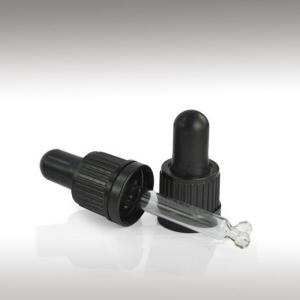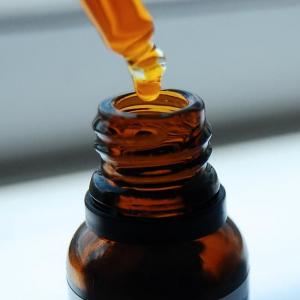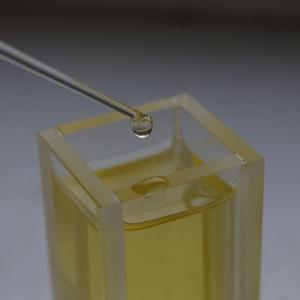
PIPETTE - TOOLS

BASE / GENERAL DATA
Information submited: October 18, 2017 By: OperaDreamhouse
Pipette in the oil bottle is a very needed item for the purpose of setting up a droplet number. This tool is widely used in the medical, chemical, food and beauty industries.
A pipette (sometimes spelled pipet) is a laboratory tool commonly used in chemistry, biology and medicine to transport a measured volume of liquid, often as a media dispenser.
Famous 19th Century scientist, Louis Pasteur, is well remembered as a founder of medical microbiology. After three of his children died of typhoid before reaching adulthood, Pasteur focused on trying to understand the cause and prevention of diseases.
He is best known for inventing a method to stop milk and wine from causing sickness, the process known as pasteurization.
At the time people thought that spontaneous generation was responsible for the spoiling of food or beverages. However, Pasteur demonstrated that fermentation is caused by the growth of micro-organisms contaminating the materials from outside, as spores on dust. This became known as Germ Theory.
Once this understanding was clearly established, the need to keep everything clean and germ free became fundamental to all experiments. To achieve this Pasteur invented the pipette to ensure that liquids could be removed from or transferred between vessels without introducing foreign elements that could contaminate the contents. This valuable tool became known as the "Pasteur pipette", a term still widely used today.
Pasteur pipettes are also called teat pipettes, droppers, eye droppers and chemical droppers.
Perfect for selecting small samples of microorganisms to transfer to a new growth medium, they helped Pasteur to isolate pure cultures. The addition of a rubber teat made aspiration and dispensing of the sample, simple and very quick.
The pipette is highly needed to ensure the sterility of the product. Then we use pipette there is no other contact with the product at that time.
Many pipette types work by creating a partial vacuum above the liquid-holding chamber and selectively releasing this vacuum to draw up and dispense liquid. Measurement accuracy varies greatly depending on the style.
Not only are pipettes probably more accurate, they are much faster to use, as filling and emptying can be done rapidly, unlike with a burette. Pipettes can more accurately dispense volumes, particularly smaller volumes than a burette.
In work wit oils or essential oils we use glass or plastic pipette (Pasteur pipettes). Be sure you use the proper size tip for each pipette. Always use a new tip for each different liquid.

SPIRITUAL PRACTISES DATA

MEDICINE / HEALTH DATA
Information submited: December 20, 2018 By: OperaDreamhouse
Nowadays, the two types of glass that are used mainly in the laboratory and in the Pasteur pipette are borosilicate glass and soda lime glass.
Borosilicate glass is a widely used glass for laboratory apparatus, as it can withstand chemicals and temperatures used in most laboratories.
Plastic Pasteur pipettes are often used in biology where most media are aqueous and solvent resistance is not important. The pipettes are also hard to wash and are usually discarded with other biohazard waste after each use.
Plastic bulb pipettes are generally not precise enough to be used for exact measurements, whereas their glass counterparts can be extremely precise.

BEAUTY / COSMETICS DATA

FOOD / COOKING DATA
COMMENTS
No comments.










